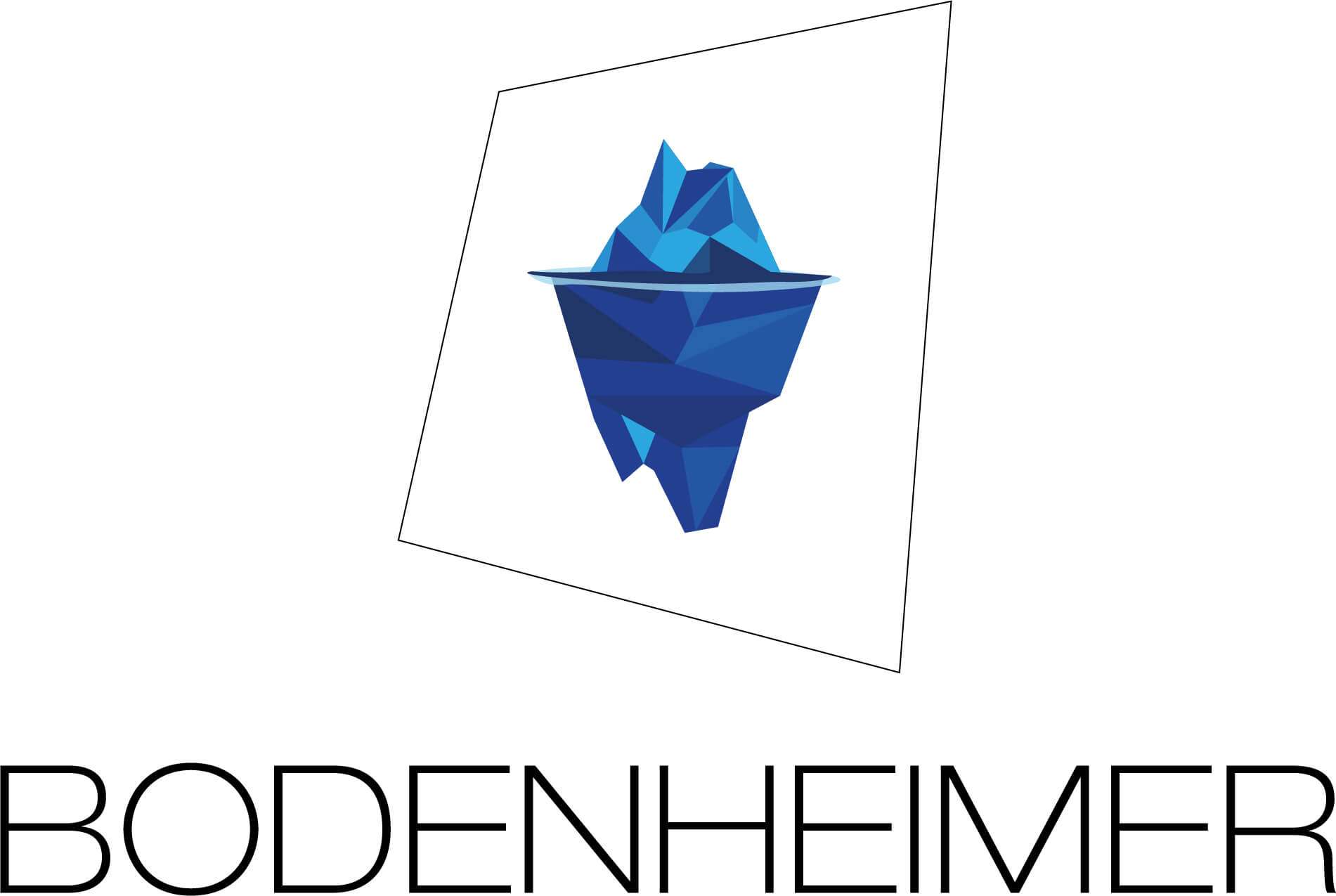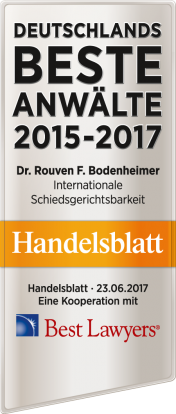
Intellectual Property rights (IP rights) aim to protect rights of creators or inventors over products of their minds. IP rights are separated into two distinct branches: copyrights and industrial property.
Copyrights relate to literary and artistic creations, as well as to scientific works. They are also referred to in certain jurisdictions as author’s rights. These rights relate to books, films, sculptures, paintings, music and to the coding of softwares; and aim to protect forms of expression, and not ideas in themselves. Copyrights protect their owners from having their worked copied or used by others without authorization, being however possible to license them to third parties.
Industrial property rights are used to either protect aspects of intellectual innovation or to transmit information in regard to certain products and services offered in the market. They are also object of licensing agreements. Industrial property can be categorized as, inter alia,
- Patents and utility models, which aim to protect inventions;
- Trademarks, which are the legal embodiment of a brand;
- Designs, which are the aesthetic representation of a product’s outward appearance;
The law applicable to any of these will ordinarily depend on the law of the country in which they are invoked. IP law is based on the principle of territoriality, meaning rights acquired in one country do not automatically extend to another. This said, complex international mechanisms have been established through international conventions and EU law in order to facilitate the cross-border protection of IP rights. Noteworthy instruments include:
- the Paris Convention for the Protection of Industrial Property;
- the Berne Convention for the Protection of Literary and Artistic Works;
- Regulation (EU) 2017/1001 on the European Union Trade Mark and delegated legislation based thereon,
- the European Patent Convention,
- the Patent Cooperation Treaty,
- the Madrid Agreement Concerning the International Registration of Marks and the Protocol Relating Thereto,
- the Hague Agreement Concerning the International Registration of Industrial Designs,
BODENHEIMER Representative Matters as Parties’ Counsel
Advised a German food wholesaler on legal risks arising out of reimporting brand products from Turkey to Germany, under the Ankara Association Agreement and its Additional Protocol
Represented a German publisher in unjust enrichment claims brought before the German state courts by copyright collective VG Wort
Advised a German manufacturer of metal foam products in regard to the unauthorized use of intellectual property by a competitor
Represented a German shipyard in interim relief proceedings against a competitor in a product piracy matter
Represented a German shipyard in design annulment proceedings before the Design Division of the German Patent and Trade Mark Office, brought by a competitor
BODENHEIMER Representative Matters as Arbitrators
Acted as Sole Arbitrator in a DIA arbitration between a Danish manufacturer and seller against a Dutch distributor in the cosmetic industry revolving around claims arising out of contract, distribution, IP, with Danish Law as the governing law and Copenhagen as the place of the arbitration (Dr Rouven F. Bodenheimer).
Acted as co-arbitrator in a DIS arbitration between a German state-funded research organisation and a German software developer, revolving around claims arising out of IP and IT laws, with German Law as the governing law and Munich as the place of the arbitration (Axel Benjamin Herzberg)
Acted as Presiding Arbitrator in a DIS arbitration between two German parties, both former members of a partnership of forensic scientist, revolving around claims arising out of competition, corporate and IT laws, with German Law as the governing law and Würzburg as the place of the arbitration (Axel Benjamin Herzberg)
CONTACTS FOR THIS PRACTICE AREA:












